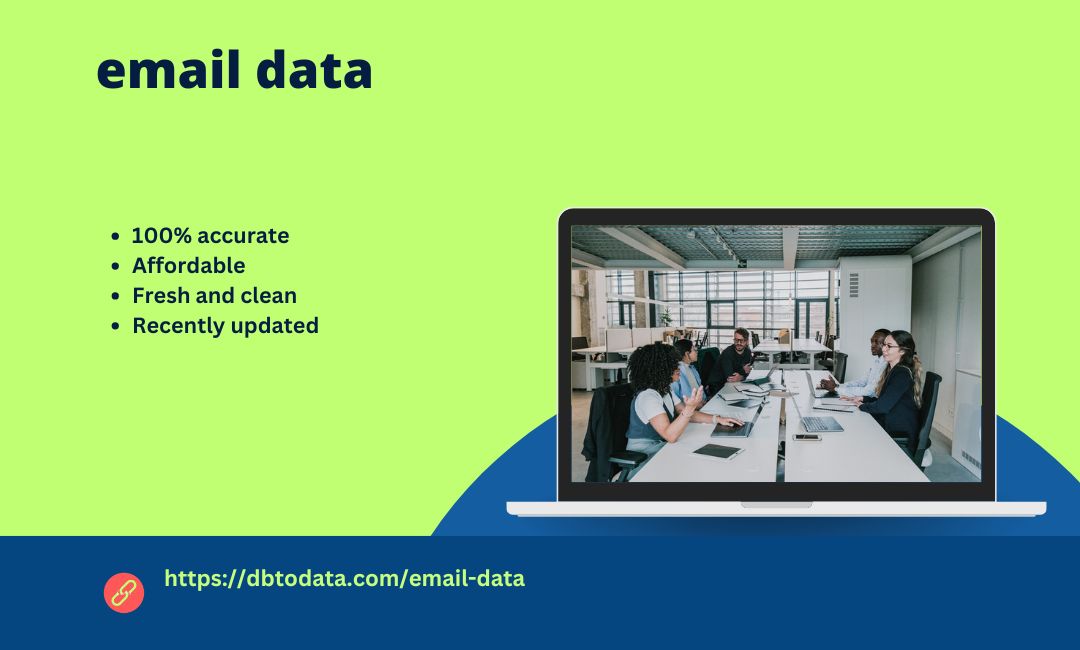Make a list of your keywords and longtail phrases, divided by priority and search volume. This will help you target and organize content for your website, blog, and social media.
Let’s continue with our topic of how Google positions websites.
Build your website with keywords in mind
Now that you know your most searched for and relevant keywords, it’s time to apply them to your website.
When looking at your keyword list, make sure you have a page on your site that corresponds to each of your high and medium priority keywords. This will help consumers find your site, even if they are searching for terms that are more generally related to your site’s main focus.
If you are currently building a website
We recommend WordPress for individual bloggers and small businesses. It is simple, flexible, and has many built-in SEO features and plugins.
If you already have WordPress, here’s how to perform an SEO audit of your existing content:
Check each URL. Make sure it contains the target keyword for that page. Keep it short. It is also good practice to include the keyword in the SEO title and meta description, often this has little direct impact on search results.
What is your page title?
It should include your target keyword, but malaysia email list avoid keyword stuffing as this can actually hurt your SEO.
of your website (content marketing)
If you have outbound links, check which domains. High-ranking outbound links can help boost your site’s rankings.
Include graphics on your site
Nice images keep visitors coming back to see more featured thomas edison said after longer and combat high bounce rates (people leaving your site as soon as they arrive) that can hurt your SEO.
Optimize your images. Include aero leads your target keyword in each ALT description. Make sure the uploaded image is also saved with your target keywords in the file name itself.

